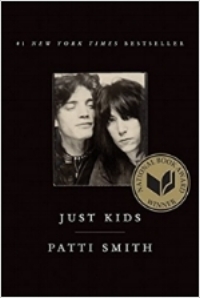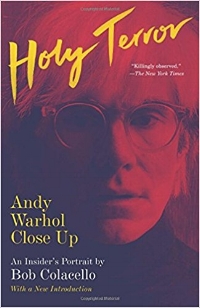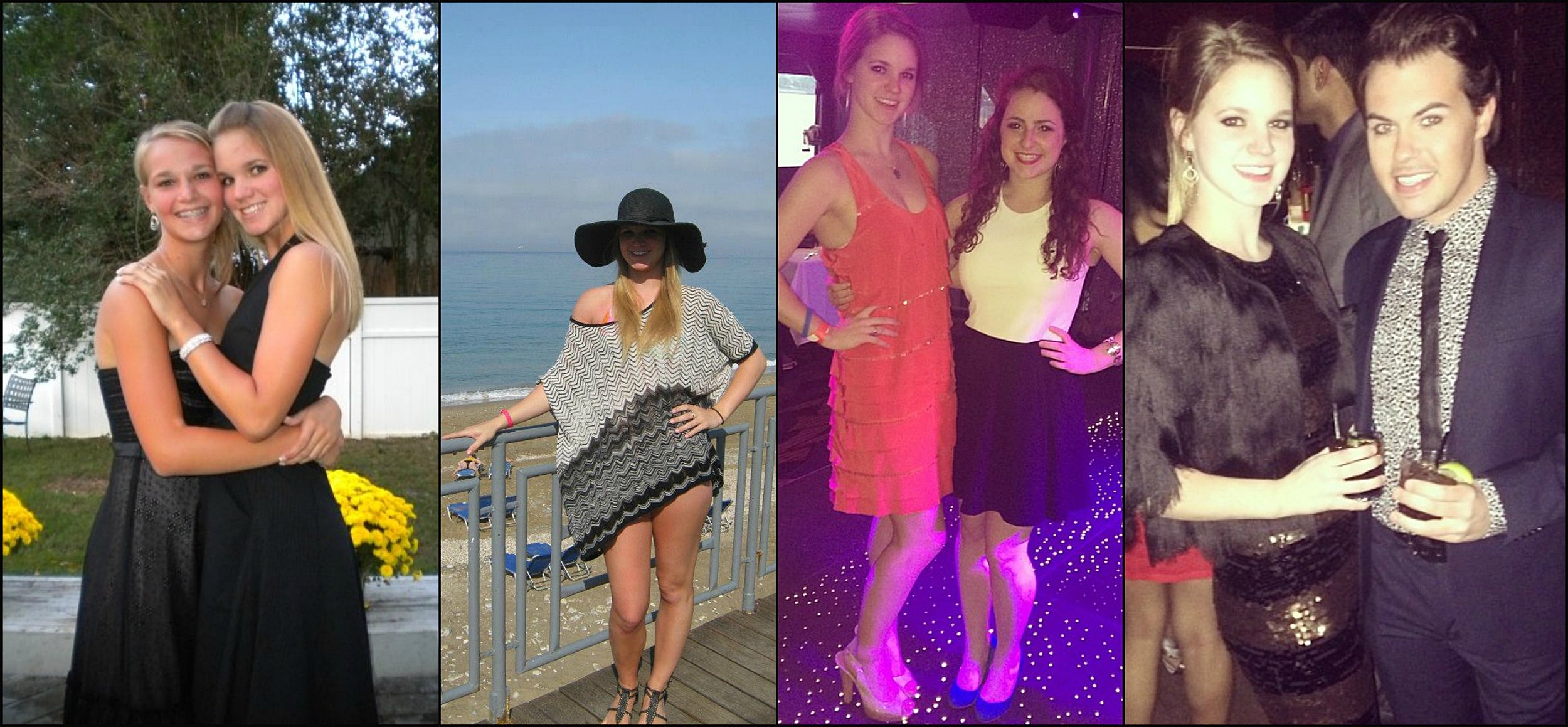People often say to me, “your hair looks different every time I see you.” That isn’t necessarily true– I’m not one of those people that colors my hair different shades of pink– but I have changed the overall look a lot since senior year of college.
It all started with a stereotypical post-breakup chop. Nothing too serious, just a wimpy cut to match the minor breakup. Barely any length was taken off or noticeable style was added, but it was the start of my post-grad journey and the first of many hair changes.
Confusing, but this is not the ex that inspired the lob. I don't date guys who have better eyebrows than me.
Before my heartbreak lob, my hair had pretty much always been straight, blonde and long. It was natural and I was lazy. In high school, the long blonde hair was a part of my identity. It was easy throw up in a bun while I played soccer, tennis or ran track. It was also just as easy to look “pretty” in everyday bell bottoms and polos. I tried to hold on to this identity through college, but lacked the athletic ability and drive. Still, I held onto the hair for as long as I could.
I got my hair cut into a lob my second semester of senior year. I kept it that shoulder-grazing length for the majority of my first year out of college. The first big change I made was when I went brunette for a hot second. Since it was winter, the sun wasn’t bleaching my strands like usual and my roots started growing in. Instead of cleaning it up with some blonde highlights, I dyed it brown using an at-home L’Oréal Paris box dye.
Brunette hair courtesy of L'oréal Paris.
I decided that I just needed to accept I wasn’t a natural blonde anymore. I was a brunette and in transitioning to one I was ready to shed my identity as a long-haired athlete and blonde college party girl. I was a professional now, working a real job at Harper’s freaking Bazaar. I didn’t need my blonde hair, I had my own apartment with my own room! I had real dates with guys who made real money working at JP Morgan, not late Sunday nights with bartenders. I had found my grown-up look to reflect my grown-up state of mind.
It was only a few weeks before the blonde started showing through the ends of my hair. There it was staring me back in the mirror. I was, in fact, a true blonde. I was not a brunette nor was I into finance bros or corporate work. I had placed all of these ideas of what I though being an adult was on myself, including my hair color. Within the next few months, I switched jobs, found a nice guy in construction and, after a three-hour appointment, I went back blonde.
The same way my hair felt, I felt—just right. I was incredibly happy and at-ease with where I was in my life, but I began to feel a little too at-ease. I started to get antsy. I was nailing being an adult, with a real boyfriend and 9-5 job, but I needed change. I wanted to experience and live, not just survive and succeed.
I partly blame this shift in focus on my reading habits. After stumbling across Patti Smith’s Just Kids, I started reading books about artists and writers in 60’s and 70’s New York. I became inspired by their creative and intellectual lifestyles. I wasn’t ready to actually become a bohemian, I still loved my life and wasn’t ready to make any major changes to it just yet. So instead, I went for a spontaneous new haircut.
On my way to work while reading Andy Warhol’s Popism: The Warhol Sixties, I was feeling relieved to have just turned in my article on bangs. All the sudden I thought, ‘I can see myself with bangs.’ My office was closing at noon that day, so it seemed like the perfect opportunity. Once I came out of the subway I called my salon and booked an appointment for 2. By 3:30 that Friday, I was walking around with my hair 2 inches shorter and wispy bangs.
I fancied myself a modern day Edie Sedgwick.
I texted my boyfriend Mick, “You’ll never guess what I just did!” He replied, “Good or bad? Is it good or bad?” I sent him the picture which he responded to with a simple, “Cool.” Followed by “I didn’t even know you had a haircut today.” Twenty minutes later he wrote back, “I actually do really like it. I was just surprised. I feel like it’s exactly what you’re into right now with the 60’s thing.”
This hair choice was, once again, done in an effort to prove something. This spontaneous act was to show myself and others that I was independent; that no relationship was going to affect the choices I make. I make them for myself.
This funky cut, I will now admit, was the kick-off to my quarter-life crisis. All while wearing this style, I quit my job and left corporate life completely. I started freelance writing and working at a bar weekends and nights to help supplement my income. Luckily, the one thing that didn’t change was Mick. After about a year, he learned to handle the crazy.
I loved this look and kept it for as long as I could. After about a year, it had become a little too high maintenance for what was going on in my life.
My dad had Huntington’s Disease and at the beginning of 2017, his health was on a rapid decline before he passed away in April. Obviously, my hair was not a priority at this point. The retro bangs and fresh color started to grow out as I made funeral arrangements and sobbed in bed.
After everything was over and my dad was buried and I couldn’t lay in bed any longer, I was ready to focus on work and get back on my feet. My friend Jeannine told me her colorist, Jan-Marie Arteca, was looking to do big makeovers for a bit of media coverage. This was the perfect opportunity to switch things up and start somewhat anew. So I went bleach blonde.
My amazing friends and family were a huge help in getting me through this most difficult time in my life, but I would be amiss to say that the fresh new color didn't also lend a hand. Going bright blonde gave me this surge of energy I needed to move on to a new chapter. It helped motivate me to enjoy both life and writing again.
As I write this, with dark roots growing into my bleached strands, I wonder what my next look will be or when it will come. I can’t decide if I’m willing to maintain this damaging shade of blonde or if I'm ready for something new. Whatever look I decide to get whenever I decide to get it, I can’t wait to see what story it has to tell.
















